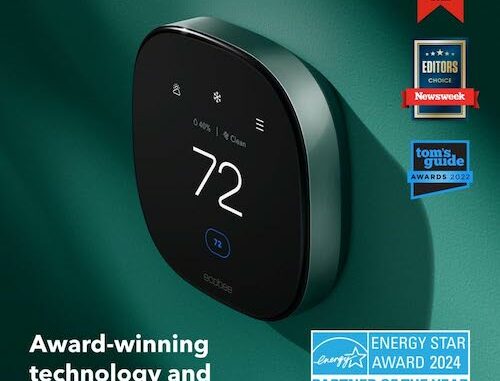
Please note: As an Amazon Associate we earn from qualifying purchases. Details here.
The 5 best smart thermostats with AI capabilities in 2025 are:
- ecobee
- Google Nest
- Honeywell Home
- Sensibo Sky
- Beca
My absolute favorite is the ecobee smart thermostat.
Its AI-driven scheduling, occupancy detection, and air quality monitoring offer advanced control and help maintain the perfect environment throughout your home.
In fact, this product is so great that it’s won several technology and innovation awards, and for good reason!
Look…
Smart thermostats are AI-powered intelligent devices and they are changing how we control home comfort.
They learn your routines, adjust temperatures automatically, and help cut energy costs.
Here’s my list of the top 5 best smart thermostats with AI capabilities that do all this and more.
Without further ado, let’s get started.
1. ecobee Smart Thermostat Premium
- Price: Under $250
- AI Capabilities: Occupancy and schedule learning, energy usage optimization
- Smart Home Compatibility: Apple HomeKit, Amazon Alexa, Google Assistant, Samsung SmartThings
- Best For: Tech enthusiasts who want comprehensive home climate control with bonus features
Truth is…
The ecobee Smart Thermostat Premium easily takes the top spot on this list, and for good reason.
In fact, it’s won several technology and innovation awards.
It blends smart AI with room sensors to keep your home comfy and help cut energy bills (up to 26% savings compared to old-school thermostats!).
One of its best features? It actually learns your routine and adjusts temps automatically, so you’re not constantly fiddling with settings.
Plus, the included SmartSensors make sure the rooms you actually hang out in stay just right, not just wherever the main thermostat is stuck on the wall.
What really sets the Premium apart is its built-in air quality monitor. It tracks VOCs, CO₂ levels, and humidity, sending alerts and tips to help improve your indoor environment.
With voice control via Alexa or Siri, you can manage your home’s climate hands-free which is an essential for easy, seamless control.
Between the intelligent air quality monitoring and the option for voice control, the ecobee Premium surpasses all other variants, making it the clear winner for anyone seeking convenience, energy savings, and a healthier home.
Pros:
- Built-in Alexa and Siri voice assistants
- Advanced air quality monitoring included
- Award-winning technology and innovation
- Sleek glass design with responsive touchscreen
- SmartSensors provide room-specific temperature control
- Compatible with most HVAC systems including multi-stage setups
Cons:
- Higher price point than competitors
- Advanced features might be overkill for simpler needs
- Installation may require C-wire adapter for some homes
2. Google Nest Learning Thermostat (4th Gen)
- Price: Under $300
- AI Capabilities: Adaptive learning, auto-away detection, HVAC monitoring
- Smart Home Compatibility: Google Home, Amazon Alexa, IFTTT
- Best For: Google ecosystem users and design-conscious homeowners
I’ll be honest…
In my opinion, the Google Nest Learning Thermostat is still one of the smartest upgrades you can make for your home.
I think the 4th generation really stepped it up with its enhanced AI and that 60% larger circular display, it not only looks sleek but is way easier to read from across the room.
What I really love about it is how it actually learns from you.
Instead of having to program it manually (which, let’s be honest, nobody enjoys doing), it picks up on your habits.
For example, when you turn the temperature up or down, it builds a schedule around that. It just makes life simpler.
Plus, the fact that it monitors your HVAC system in the background and can send alerts before something goes wrong?
That, to me, is a huge money-saver and stress-reliever.
Pros:
- Intuitive interface with physical rotation control
- Well-established ecosystem with reliable updates
- Available in multiple metal finishes to match décor
- Sophisticated machine learning adapts quickly to habits
- Includes HVAC monitoring to prevent costly breakdowns
Cons:
- Premium price point
- Some users report Wi-Fi connectivity issues
- Limited zoning capabilities without additional sensors
3. Honeywell Home Wi-Fi Smart Thermostat
- Price: Under $120
- AI Capabilities: Smart Response Technology, Energy Star certified, personalized energy-saving tips, flexible 7-day scheduling
- Smart Home Compatibility: Amazon Alexa, Google Home, mobile app
- Best For: Homeowners seeking a reliable, affordable smart thermostat with customizable features and energy-saving capabilities
Look…
Honeywell’s rectangular design might look pretty standard, but don’t let that fool you because the smart features packed inside are anything but basic.
What stood out to me was the Smart Response technology.
It actually figures out how long your system needs to hit your desired temperature, which means you’re not wasting energy (or money) guessing when to adjust it.
For anyone who wants reliable performance without going over budget, this thermostat checks a lot of boxes. The 7-day scheduling is flexible enough to match changing routines or utility rate shifts.
I also really liked the color touchscreen, it’s a small thing, but it makes the interface feel more user-friendly.
Add in the Alexa and Google Home compatibility, plus monthly energy reports and tips to help cut down on usage, and you’ve got a smart, affordable option that’s easy to live with.
Pros:
- Excellent value for feature set
- User-friendly interface with intuitive controls
- Detailed energy usage tracking and reporting
- Compatible with a wide range of HVAC systems
- Color touchscreen can be customized to match décor
Cons:
- Requires C-wire for installation
- Less sleek design than premium competitors
- Mobile app could use interface improvements
4. Sensibo Sky Smart Air Conditioner Controller
- Price: Under $100
- AI Capabilities: Climate feel technology, geofencing, behavioral learning
- Smart Home Compatibility: Amazon Alexa, Google Assistant, Apple HomeKit
- Best For: Homes with mini-splits, window units, or portable ACs
Now…
While the Sensibo Sky isn’t a traditional thermostat, it’s a clever way to make your existing AC smarter without replacing anything.
I find it super convenient that it works through infrared and connects to the Sensibo app for remote control. Features like geofencing, scheduling, and voice commands with Alexa or Google Home make it easy to use.
Plus, pairing it with the Sensibo AI Assistant can help cut energy costs by up to 40% which is a win for both comfort and savings!
Pros:
- Excellent geofencing capabilities
- Easy DIY installation with no wiring
- Good price point for the technology
- Considers both temperature and humidity for comfort
- Brings smart features to otherwise non-connected AC units
Cons:
- Limited heating system compatibility
- Requires your original AC remote to work
- Not compatible with central HVAC systems
5. Beca Smart Thermostat with Artificial Intelligence
- Price: Under $70
- AI Capabilities: Neural network learning, predictive temperature control
- Smart Home Compatibility: Amazon Alexa, Google Assistant
- Best For: Electric heating systems and budget-conscious buyers
Completing the lineup is the surprisingly sophisticated Beca Smart WiFi Thermostat.
Despite its budget-friendly price, this thermostat employs actual neural network AI to maximize heating efficiency.
Engineered specifically for electric heating systems including underfloor heating, the Beca delivers advanced performance at an entry-level price point.
Users particularly appreciate the intuitive rotating knob interface that balances familiar physical controls with powerful automation.
This is perfect for households where not everyone wants to deal with complex touchscreen menus but still wants smart functionality.
Pros:
- Great value for AI capabilities
- Simple, intuitive physical controls
- Small form factor fits various spaces
- Specialized for electric heating systems
- Detailed energy consumption reporting
Cons:
- Isn’t widely available
- Limited compatibility with cooling systems
- Less robust mobile app than premium brands
- Fewer integration options with smart home ecosystems
The Science Behind AI Thermostats
Smart Thermostats Issues (Troubleshooting)
Now…
I’m not exactly an AI thermostat expert, but I do have a lot of smart home obsessed friends, and I’ve picked up on some of the common issues they’ve run into.
From what I’ve seen, many of these problems seem more frustrating than they actually are.
The good news is that quite a few of them can be fixed without calling in a pro or needing a tech background.
Here’s a list of common smart thermostat issues people often run into and their solutions:
1. Wi-Fi Connectivity Issues
One of the most common issues I’ve heard people complain about is connectivity.
If your smart thermostat keeps dropping off Wi-Fi, here are a few things worth trying:
- Check if your router’s firmware is up to date
- Restart both your router and thermostat to reset the connection
- Use the 2.4GHz network—many smart devices don’t play well with 5GHz
- Make sure your router is close enough to the thermostat for a strong signal
These simple steps tend to fix the issue for most people without needing any extra help.
2. Temperature Inconsistency Between Rooms
Another common complaint I’ve seen floating around is temperature inconsistency between rooms.
It makes sense.
Most thermostats only measure the temperature where they’re installed, which doesn’t reflect how warm or cold other areas of the house might feel.
If one room’s freezing while another feels like a sauna, you’re not alone.
Here are a few practical fixes that can help:
- Adjust your air vents to redirect airflow where it’s needed most
- Add remote temperature sensors to rooms that tend to be too hot or too cold
- For multi-story homes, zoning solutions can help give you more control over each level
These small changes can make a big difference in overall comfort without overworking your HVAC system.
It’s especially helpful if you live in a larger home where one thermostat just can’t do it all.
3. Poor Battery Life in Wireless Sensors
If your wireless sensors are draining battery too quickly, you’re not alone.
It’s a pretty common issue with smart thermostats, but the good news is that it’s usually easy to fix without needing to replace anything.
- Check for software or firmware updates
- Use lithium batteries instead of alkaline ones
- Keep sensors away from direct sunlight or drafts
These quick adjustments can extend battery life significantly and help your system stay reliable without constant maintenance.
It’s all about placement, power source, and staying updated.
4. System Short-Cycling
If you ever notice your system short-cycling: that is, turning on and off way too often, it’s worth checking your temperature differential settings.
From what I’ve learned, many users accidentally set this range too narrow, which can cause the system to run inefficiently and wear out faster.
I usually suggest setting the differential between 1 to 2 degrees to help balance comfort, energy use, and equipment lifespan.
This small tweak can make a big difference in how smoothly your system runs.
5. Persistent Problems
When problems stick around despite trying these fixes, manufacturer support teams can actually be pretty helpful.
Honestly, I think it’s better to lean on their expertise instead of getting frustrated trying to figure everything out alone.
They’re usually equipped to handle the tricky stuff and can save you a lot of time and hassle.

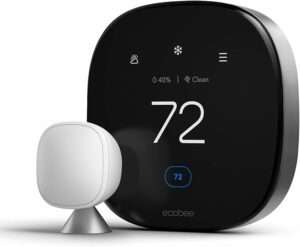
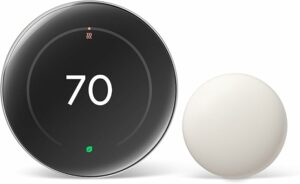
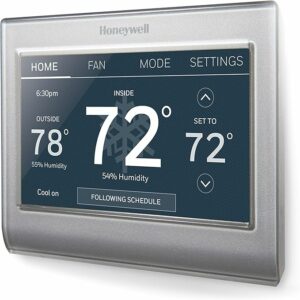
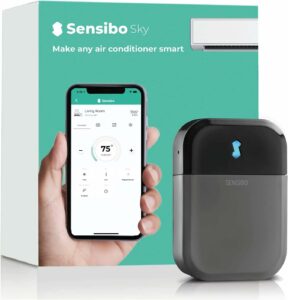
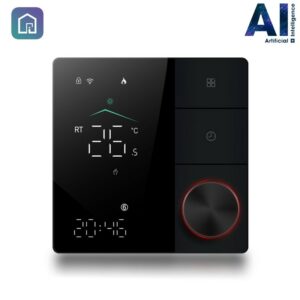
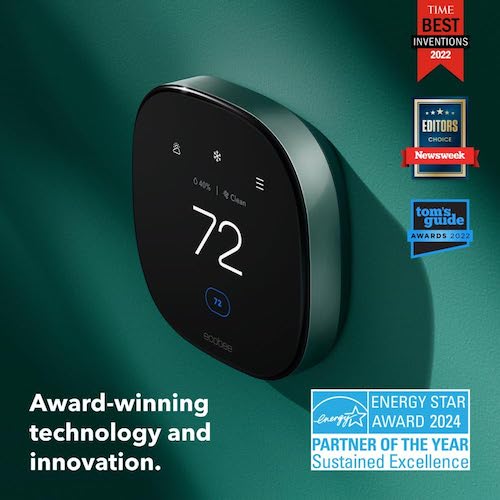
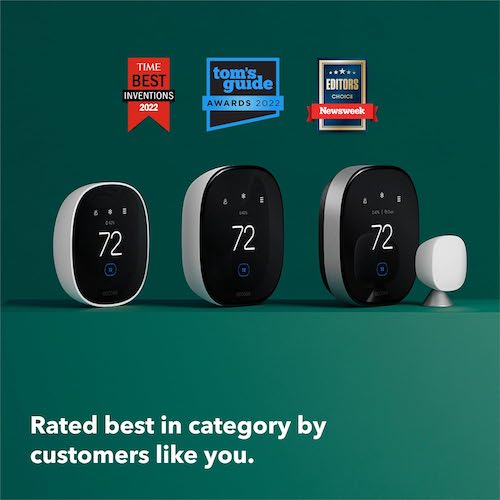
Be the first to comment